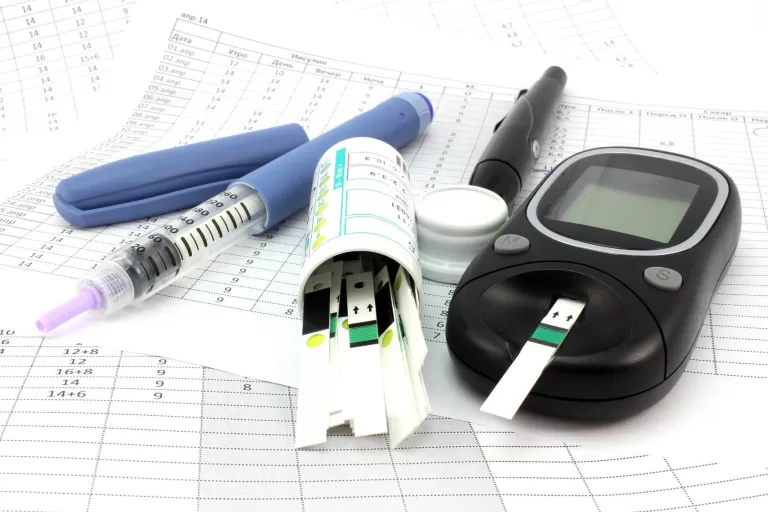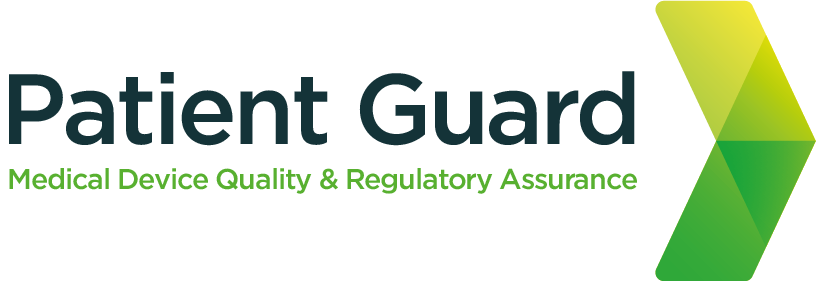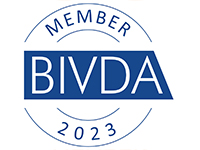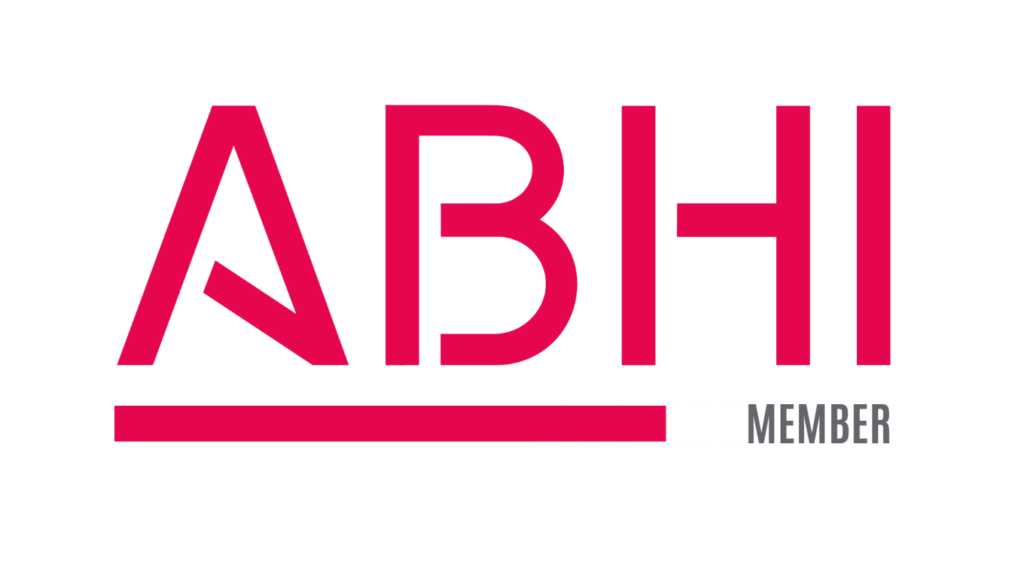483 Warning Letters
FDA 483 warning letters
Every Medical Device or IVD manufacturer dreads receiving a Form 483 or Warning Letter from the US Food and Drug Administration (FDA). Officially termed a “Notice of Inspectional Observations,” the FDA 483, commonly known as a “483,” is handed out following an on-site inspection. This occurs when an FDA field investigator identifies deficiencies in your Quality Management System or conditions that breach the Food, Drug, or Cosmetic Act.
Receiving a 483 or Warning Letter can have serious repercussions for manufacturers. Consequently, it is essential to maintain a robust Quality Management System and adhere to regulatory requirements. Staying proactive and vigilant in ensuring compliance helps manufacturers avoid such situations and maintain their reputation in the industry.
You got a US FDA form 483 – now what?
After the field inspector completes their assessment, they send the final 483 report to their superiors. If the identified issues are grave or if your response to the 483 is considered inadequate, the FDA might issue a Warning Letter to your organization.
This Warning Letter serves as the FDA’s advisory, indicating substantial violations of FDA regulations. It precisely outlines the violations, emphasizing the imperative need for corrective action. You are required not only to rectify the problems but also to inform the FDA about your detailed plans for correction, outlining preventive measures to prevent similar issues from recurring. Subsequently, the FDA assesses the adequacy of your corrections to ensure compliance. It is crucial to respond comprehensively and promptly to mitigate potential consequences and uphold regulatory integrity.

How to respond to a Form 483 or warning letter
You must respond to the 483 or a Warning Letter promptly and identify your course of action to correct the findings within the FDA’s specified timeframe. A detailed response to each observation or violation noted is also required. The quality and promptness of your response to this letter are extremely important.
Patient Guard can help you respond to an FDA Form 483 or warning letter
Patient Guard is here to support you in crafting a robust response to an FDA Form 483 and Warning Letter. We offer guidance to ensure your Quality Management System aligns seamlessly with the regulations. As part of our comprehensive services, we undertake several crucial steps:
Firstly, we meticulously analyze the findings outlined in the FDA Form 483 and/or Warning Letter. Subsequently, we assist in devising an appropriate timeline to meet the FDA’s requirements, guiding your company in charting a clear course of action. Our team proposes specific “Corrective Actions” tailored to your quality system, ensuring they align with regulatory expectations.
Moreover, we actively assist in implementing these corrective actions, responding effectively to the issues raised in the FDA Form 483. Throughout this process, we remain readily available to address any queries, whether from your end or the FDA’s, ensuring smooth communication and resolution.
Patient Guard has a proven track record of collaborating with Medical Device and IVD companies, assisting them in formulating precise and compliant responses to FDA 483 and Warning Letters. Rest assured, our expertise will guide you toward a resolution that satisfies regulatory requirements and upholds the integrity of your organization.




